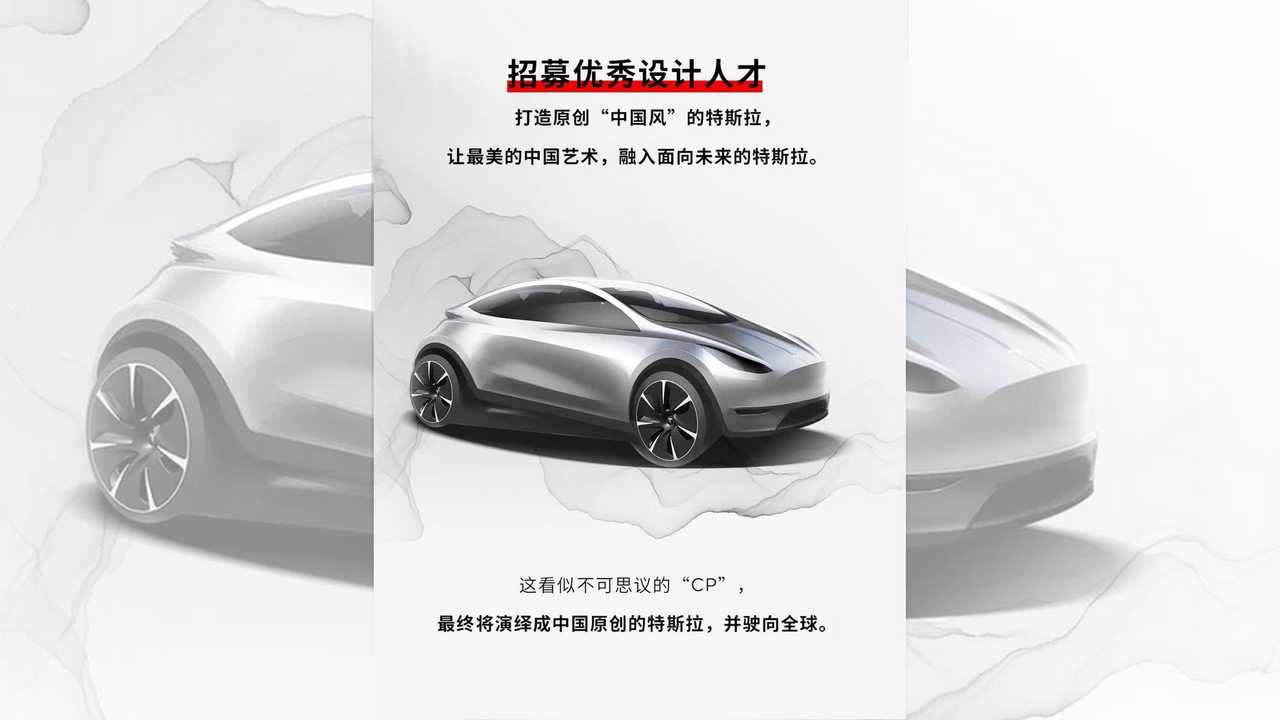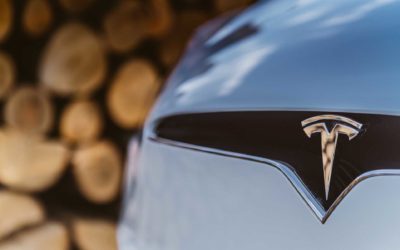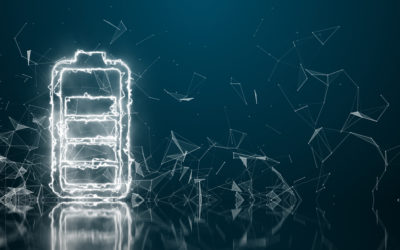[ad_1]
The Cybertruck can be considered as the latest Tesla success. It is yet to be delivered, but reservations are over the top for a vehicle that, at first, most thought that was just a joke. If it was, it is now on current manufacturers that never dared to break the mold. Tesla has a tradition in doing this, and this video believes the next mold to be broken is that of compact vehicles. This time, the hammer may come from China.
You probably remember that Tesla announced on January 16, 2020, that it was willing to develop a Chinese vehicle to sell worldwide. It will probably be the first big project of the Design Center Tesla plans to have in that country, but it may come from anywhere.
At that time, Tesla asked designers and non-designers to send suggestions until February 1, 2020. With the COVID-19 pandemic, we have no idea if that was postponed or concluded. Tesla may be evaluating these ideas right now.
According to the Casgains Academy YouTube channel, a compact vehicle would be the logical step. The Chinese market is the biggest one in the world right now, and most of the best selling vehicles there are compact. Why now the one designed there?
The video bets the future compact would have to maximize profitability. One idea for that would have this car copy some of the Cybertruck solutions, such as its exoskeleton. That would make sense if Tesla could skip the painting process on the compact car as it will on the electric pickup truck.
Something the video misses is that Tesla seemed to be willing to make a hatchback. In China, that would be a problem, since the clients there are big fans of sedans and SUVs. The VW Lavida and Nissan Sylphy – a Sentra with a different name – prove that.
That said, Tesla will probably create a compact CUV for the Chinese market. The company will probably stick to the unibody construction. On the Cybertruck, the exoskeleton has the purpose of saving weight while preserving a pickup truck utility. That’s not necessary for a compact car.

Last but not least, a considerable cost measure for the compact car would be to adopt the prismatic LFP cells Tesla already admitted it would use on the entry-level Model 3 in the Chinese market. These batteries do not have the same energy density of lithium-ion cells, but they are safer, cheaper, and more robust. That rings all the bells for the typical compact car buyer.
Would Tesla manage to sell such a car for $20,000, as the title video suggests? Some estimates claim the company has around 20 percent of profit margins in each vehicle. That would demand a maximum production cost of $16,700. And that’s not the only challenge.
A high-volume compact car would need more factories, such as the one Brazil wanted Tesla to open there. That would demand more batteries and, most of all, a robust network of Service Centers. If Tesla struggled with the Model 3 buyers, imagine what it would have to handle with much cheaper cars, sold in much larger numbers.
Although this is a logical step for a company that wants to grow in the traditional buy & sell model, we do not believe it is for the short term. What do you think? Give us your opinion below.
[ad_2]
Source link
2020-04-23 19:46:25
[author_name]:author name
https://insideevs.com/news/414461/chinese-tesla-20000-compact-car/?utm_source=RSS&utm_medium=referral&utm_campaign=RSS-make-tesla
https://insideevs.com/news/414461/chinese-tesla-20000-compact-car/?utm_source=RSS&utm_medium=referral&utm_campaign=RSS-make-tesla
insideevs.com






0 Comments